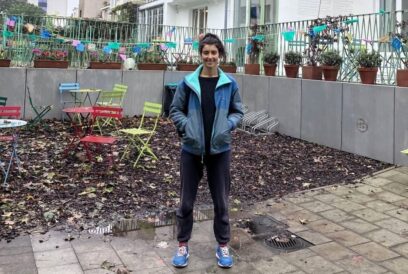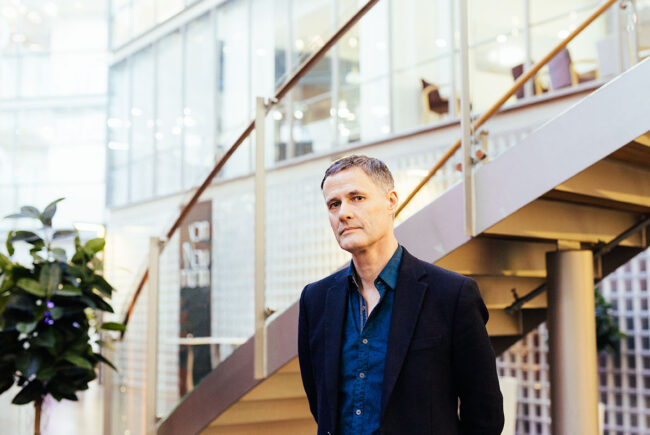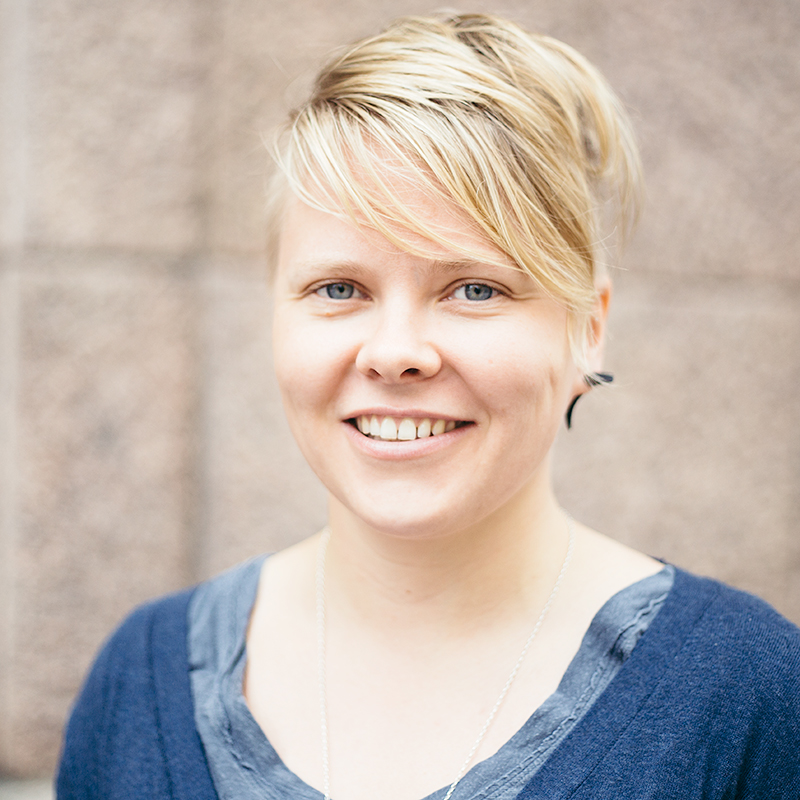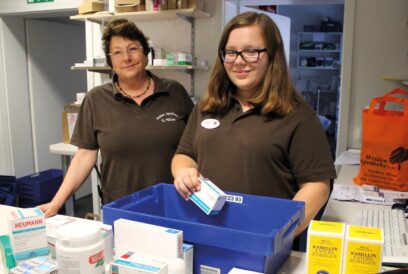

“Polarisation in its simplest form is: we are right, they are wrong”, says polarisation consultant Bart Brandsma. / Photo: Anne Tastula
“Polarisation in its simplest form is: we are right, they are wrong”, says polarisation consultant Bart Brandsma. / Photo: Anne Tastula
Sometimes the good efforts of starting a dialogue between opposing counterparts lead to the fact that more fuel is poured on an already inflamed situation. That is where the knowledge of the dynamics of polarisation come in handy.
You have said that polarisation is normal, nothing to be afraid of and quite important to our thinking. When does polarisation become a bad thing?
“For a civilization to develop, you need to have someone to oppose another. When polarisation brings development and social inclusion to a society, it is a good thing. As long as there is discussion, there is development.
Polarisation becomes a bad thing when there is a gap between people. When we start blaming each other and describing the elements of the enemy, as in “All those refugees who come here to profit from our wealth”. That is saying something about another and framing an identity for one’s own group.
Trying to find where the tipping point is of course interesting. When is the moment when people stop discussing and looking for ideas and start blaming one another?”
Bart Brandsma
- is a Dutch philosopher, consultant and a trainer;
- advises professionals to explore new ways to deal with polarisation;
- has drafted a model on polarisation strategy, insights, roles and ways to intervene in it.
- The Radicalisation Awareness Network (RAN) brings together practitioners from around Europe working on the prevention of radicalisation.
What are current examples of polarisation on a European level?
“Polarisation in its simplest form is: we are right, they are wrong. It is a thought construct, not yet a conflict. Polarisation needs fuel to bloom. Words, statements and accusations act as its reinforcement.
In Rotterdam, the Netherlands, where I work, polarisation between Muslim and non-Muslim is important. This can also be seen on a European level. Besides that, throughout Europe there are two other strong divisions; nativists versus globalists and the elite versus the people. The populists benefit strongly from the polarisation between the latter.
In all the divisions, the pressure is on the same professionals, neutrals, the police, the teachers, the mayor, prison personnel, prosecutors.
Since polarisation is gut-feeling dynamics and therefore not easily changed by evidence, what are the keys to change mindsets and make us see things differently?
“When there is polarisation, we want to make other people think differently. We want to convince them with new facts and new world views. But when we start with that, we are very likely to contribute to polarisation.
What we should rather do is find the right questions and involve people in those questions. That is when we approach social inclusion.
Pushers, the loud voices at both ends of the polarisation pole, very often come up with single issues. But can we find the questions that we all want to see answered, the ones that are really important for the middle group, the silent ones.
The key is strengthening the right group, the middle group, addressing their issues and formulating their questions. As long as the middle group stays strong and does not join either of the camps, we can handle polarisation. If all the people from the middle group join either of the camps, this basically means a state of a civil war.
In a way, polarisation is a stadium before radicalisation gets its chance.
Being present and listening demands leadership, finding the right tone and not just trying to establish right and wrong, but instead looking towards our common future and our common questions.
This is very easily said, but it takes lifelong learning, authenticity and personality to develop the skills to postpone judgement and continue asking questions – also listening and asking questions of people who are entirely different from us.”
You work as a trainer and a consultant on polarisation. Can societies learn to resist the negative effects of polarisation?
“Ten years ago, hardly anyone considered this important. We needed all those incidents and attacks to wake us up. Now people feel we can’t wait until we are more polarised and radicalised. Polarisation is in a way a stadium before radicalisation gets its chance.
We need a new debate on integration and social inclusion, one where we leave aside talks about identity. Rather than the question of whether one is a true Muslim or true Finn, the question is what are you contributing. There will always be outcasts, but they should not consistently be along ethnic or religious lines.”
What is the role of media in polarisation?
“Media is commonly blamed for polarisation, but I do not want to do that. Media is the echo chamber for polarisation.
Journalists should ask themselves if they are simply giving voice to the poles, or are they able to find the questions in the middle, which would give less fuel to polarisation. I think the audience is waiting for that and the media itself is already tired of being the bridge builder.”
You have experience of working in countries like Northern Ireland, Lebanon, Congo, Netherlands and Belgium where you have tested your polarisation framework. Who are the target groups who would benefit from the knowledge of polarisation dynamics?
“I try to reach the people who are in the middle by the nature of their profession. Mayors, teachers, and police should be there for all the citizens, and be professional neutrals. They cannot be one of the poles.
Training also works very well, if the people see the urgency. Professionals now recognise that we need polarisation management, not just conflict management.
It would be helpful if we all had a little knowledge of the dynamics of polarisation. People would then not be frightened, but would see it as normal, and think about how we should act at its presence.
Peace is a long series of conflicts. Polarisation is nothing to worry about, as long as we know how to deal with it in a civilised way.
Ultimately, everyone can benefit since these are all life skills, being present, listening, asking questions and finding issues that are common to all. This is a path to social inclusion.“
Bart Brandsma distinguishes 5 roles in every existing polarisation
- The Pushers are found at both ends of the pole and, with their black-and-white statements, play a leading role in supplying fuel for us-them thinking.
- The Joiners choose a camp, although they are not as radical as the Pushers.
- The Silent stay in the middle, either because of strong involvement, indifference or professional neutrality.
- The Bridge Builder intervenes and tries to help the poles to arrive at an interchange of viewpoints or visions.
- Sooner or later, the Scapegoat is found in the middle, providing a safety valve for guilt and anger. It can be, for example, the media or the bridge builder who is given that role.
Author








